3 Amazing Road Trips Near Cape Town, South Africa
You don’t have to venture far from Cape Town to discover rugged peaks, world-class wines, and dramatic expanses of desert. Nomad Alicia shares her memorable journeys to the winelands, Cederberg Nature Reserve, and the Karoo.
 Photo © Alicia Erickson
Photo © Alicia Erickson
After a long day of driving, we relished the blissfully sunny afternoon. We devoured a spread of freshly baked goods at an unassuming farm stop overlooking the rolling plains of Cederberg. “So far, so good,” we thought, proud of how smoothly our road trip from Cape Town to Tankwa Karoo National Park had gone so far. Until about 15 minutes later when we realized the road we wanted to follow the next day would not, in fact, lead us to the Karoo.
While the charms of Cape Town, with its commanding views from Lion’s Head and Table Mountain and its world-class food scene, are undeniable, what lies beyond the Mother City is arguably even more rewarding. The promise of wild coastline, rugged mountains, sprawling desert, and rolling vineyards lured us out onto the open road. And despite the occasional wrong turn, it didn’t disappoint.
Western Cape winelands
With the windows rolled down, I wound through sloped hills lined with rows of grapevines tinted burnt orange and red, hinting at the onset of autumn. Grand, white buildings with thatched roofs and a distinctive “H” shape, characteristic of the classic Cape Dutch style architecture of the late 17th-early 19th centuries, sit on road’s edge. Upon entering the grand wine estates, the landscapes are even more striking. Flowering trees, petite ponds, and elaborate gardens line the entrances while vineyards slope into the distance.
The winelands in the Western Cape sprawl across many subregions that range from approximately 45 minutes to two-hours’ drive from Cape Town, ranging from more heralded names like Stellenbosch and Franschhoek, to the lesser-known regions such as Durbanville and Swartland. The extensive nature of winelands is a bit intimidating at first glance. And with over 500 wineries in the Cape, they certainly can’t all be tackled in one trip.
On numerous visits to South Africa, I’ve visited these stunning vineyards on many occasions. As impressive as the elegant, high-end estates are, I tend to veer towards the smaller, family-run vineyards that prioritize growing organic or biodynamic grapes and embrace the spirit of minimal intervention.
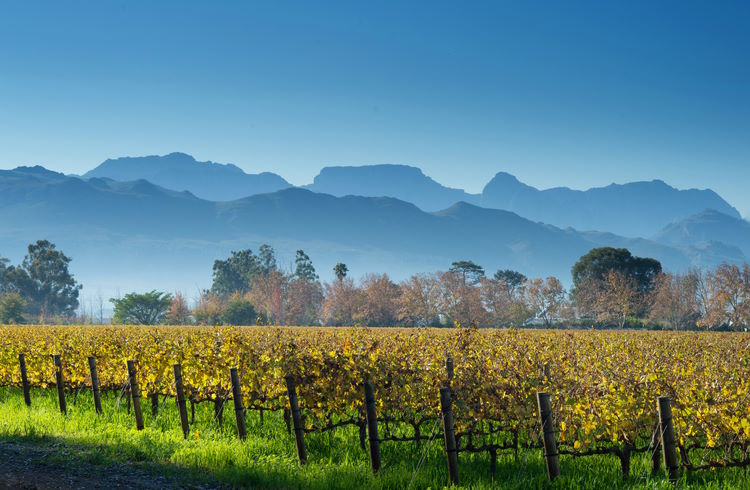
Stellenbosch blends the best of everything: centuries-old history, estates set atop hills overlooking the valley, and a sprinkling of smaller wineries among the big names. Reyneke is one of a few fully biodynamic vineyards in South Africa and is a small, family-run business. During the private tasting (advanced booking required), I was able to try about a dozen wines while comparing the same grapes of different years side-by-side to understand the impact of the season and the aging process by year. Just down the road and atop the valley is Karibib, which is an innovative, architecturally striking space that serves wines from small-batch, sustainably minded winemakers. Or unwind with a picnic in the lush gardens at DeMorgenzon, a vineyard known for their stunning Chenin Blanc varietals and playing music to their grapes.
Durbanville has some fantastic family vineyards that specialize in niche experiences. Sip on wines named after family members in private wine caves at Klein Roosboom, or try invariably delicious vintages on picnic tables at Diemersdal while sampling some of the innovative small plates from their kitchen.
Swartland is a wine region north of Cape Town and offers an adventure in the wild throws of wine country with more experimental wineries – and a few olive-oil farms. What it lacks in fancy wine estates it makes up for in family-run, innovative wineries leading the way in sustainable and natural wines. A. A. Badenhorst is an unmissable stop. This family-run establishment is a pioneer of natural wines in the region, hosts tastings and events, and offers funky farm accommodation on the property.
Cederberg Nature Reserve
The further north we drove from Stellenbosch, the narrower the roads became while the increasingly immense peaks loomed ahead. The car climbed up steep passes and dipped back down ago across uninhabited terrain dotted with mountain fynbos (shrubland plants specific to the region). Traces of civilization are scarce here aside from the occasional farm stands that emerge after a long stretch of deserted road.
Cederberg Nature Reserve is a long, mountainous area about 110mi/177km (or just over a 2-hour drive) northeast of Cape Town. The reserve spans over 71,000 hectares of rugged land with rocky escarpment, arid low-lying mountains, carved sandstone formations, serene swimming holes, and ancient rock art. Hiking and rock-climbing opportunities are aplenty, as are campsites, which can be reserved in advance. In late April, though, there wasn’t a need as the empty campsites were almost eerily quiet. We stayed at the more southerly Cederberg Kliphuis on the first night and Cederberg Algeria on the second night.
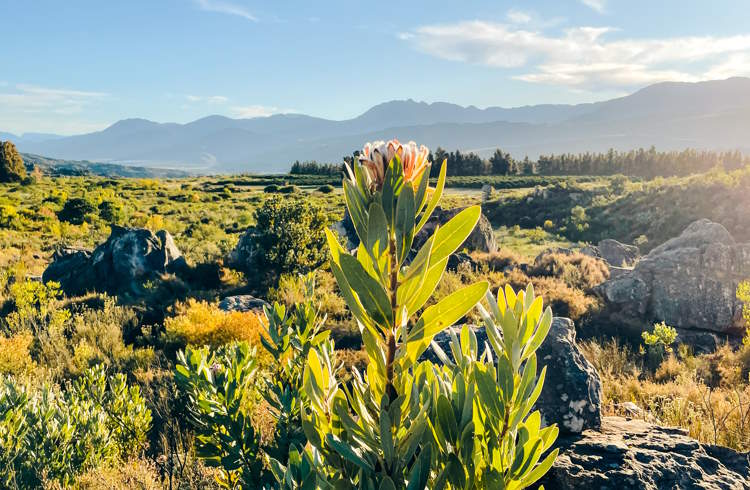
With little advance planning, we showed up at our campsites and took off hiking along nearby trails. We meandered down paths paralleling a river and scrambled over boulders and through thick brush that opened up to small pools surrounded by rocky slopes. A perfect place to take a quiet dip on a sun-soaked morning. Warm days gave way to crisp sunsets, best enjoyed with a bottle of wine beneath acorn trees while admiring the surrounding mountains cast in golden shadows.
Temperatures plummeted come nightfall and after a sleepless night in unexpectedly freezing temperatures, we were delighted to discover a winery just a short drive down the road. Cederberg Wine ended up being one of my favorite wineries in South Africa. A morning tasting of their delicious wines, ranging from experimental styles to elegant vintages, was the perfect antidote to our frigid night, as we prepared to head into the Karoo.
The Karoo
The Karoo is South Africa’s equivalent of the wild west. If Cederberg seemed sparsely populated, the Karoo is dramatically more remote. This region of vast semi-desert and flat-topped mountains is perfect road trip country. The Karoo is technically divided between Klein Karoo (Little Karoo) and Groot Karoo (Great Karoo). Over the years, it has become something of a mecca for sculptors, novelists, painters, farmers, brewers, and other creative types eager to leave city life behind and let the inspiration of unhindered landscapes wash over them.
Driving to and through the Karoo requires a bit of planning. As we discovered, Google Maps GPS is not necessarily reliable for navigating here. After an afternoon of intensely studying the map and chatting with some locals, we were able to salvage our road trip without too much of a detour.
Towns, gas stations, and food are scarce in this region. However, when the odd farm stand does rise from the otherwise deserted horizon, you can rest assured there is a story to accompany it. Tankwa Padstal, a roadside farmstall between Ceres and Calvinia is a particularly storied stop. This padstal is a favorite on the drive from Cape Town to Tankwa Town for AfrikaBurn and every year between late April and early May, you’re sure to meet some colorful characters.
The Karoo is also rather famous for its festivals. Celebrations around food, dancing, and culture take place throughout the year. AfrikaBurn is the best known, drawing attendees from around South Africa and the world. Elaborate themed camps and psychedelic art structures are set up in the sweeping sands of Tankwa Karoo National Park. People from all walks of life dressed in imaginative costumes leave behind the constructs of the real world to gather, create, connect, release, dance, and celebrate for a week. There’s no place more suited for AfrikaBurn than the Karoo and perhaps no event more reflective of the soul of the Karoo than AfrikaBurn.
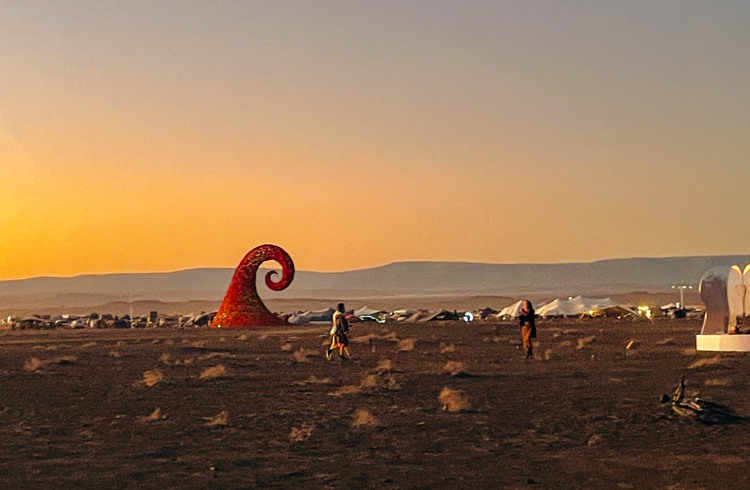
Perhaps the biggest draw of the Karoo? The open road with no particular destination in mind. Take in the thrill of winding dirt roads that rise to about 5,000ft (1,524m) in elevation. Drive through the staggering, rocky formations of Swartberg Pass, bringing you from the Klein Karoo to the Groot Karoo into a vast world of unexplored wonders. The wild reaches of this desert region can be rediscovered on countless occasions, bringing you to new corners on each visit. Allow yourself the time to get a bit lost among the wide-open terrain, where sunrises are as dramatic as sunsets, night skies are heavy with the glow of stars, and the silence echoes for miles.
Trip notes
The shoulder seasons of autumn (March-May) and spring (September-November) are the best times to embark on these road trips. Summer weather tends to be relatively mild in Cape Town, although temperatures are typically higher the further inland you go, including the winelands, Cederberg, and the Karoo. Wintertime (June-August) will be cool and wet – not so ideal for outdoor adventures. Car rentals are abundant and inexpensive in South Africa, with both international and local companies to choose from with offices around Cape Town. If you’re planning to camp, come prepared with food, drinks, fire makings, and warm clothes, as well as all necessary camping gear. A car with 4WD is recommended if you’re adventuring beyond the winelands. Gear rentals are abundant in Cape Town if you don’t have your own supplies.
Related articles
Simple and flexible travel insurance
You can buy at home or while traveling, and claim online from anywhere in the world. With 150+ adventure activities covered and 24/7 emergency assistance.
Get a quote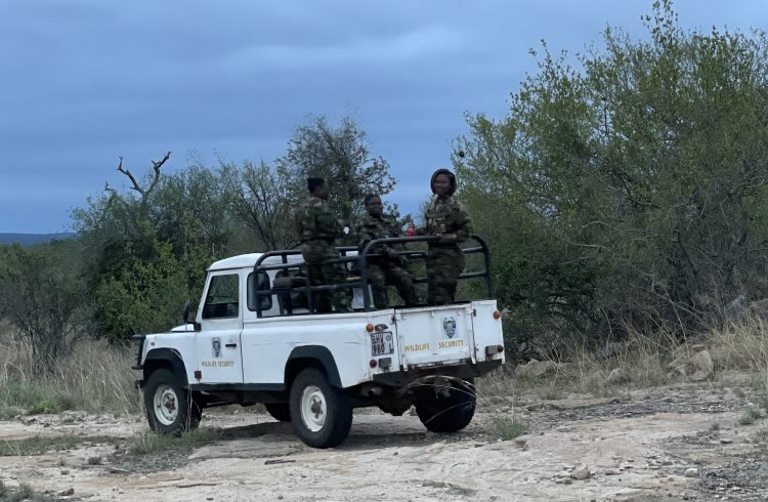
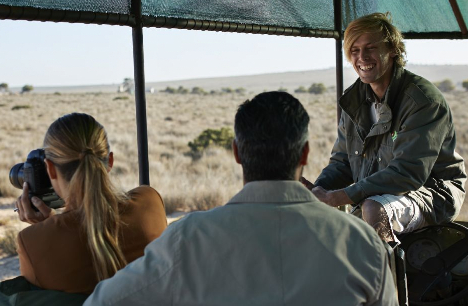
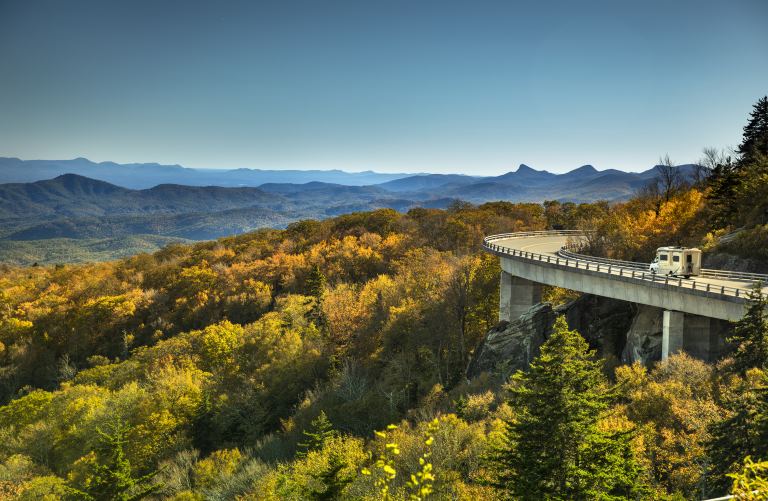
No Comments